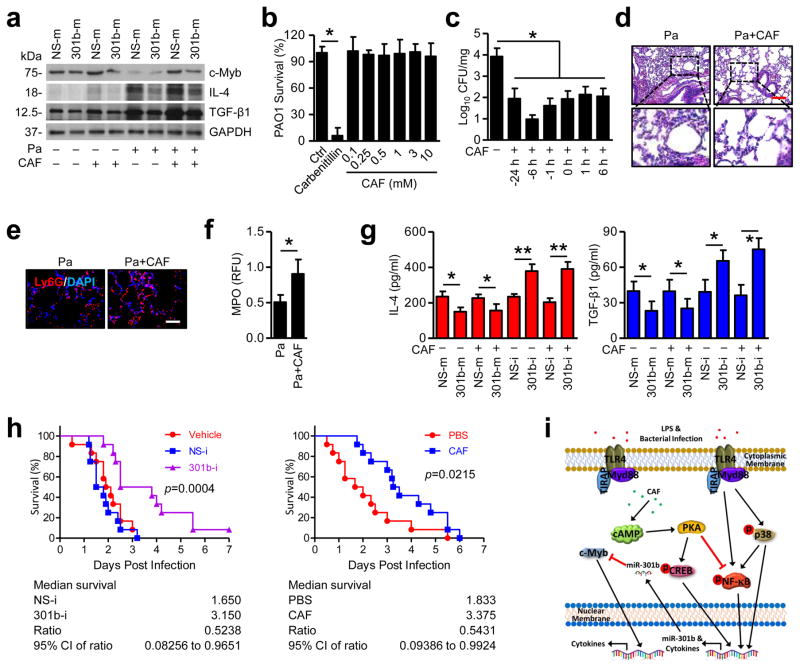Figure 6. CAF and 301b-i decrease susceptibility and mortality after pulmonary bacterial infection.
(a) Mice (n=3) were infected with Pa (1×107 CFU) for 24 h. CAF (50 mg/kg, i.v.) was injected at indicated time (pre-treatment strategy or post-infection treatment). Lungs were immunoblotted to detect c-Myb, IL-4, and TGF-β1 protein. (b) Same amounts of PAO1 were cultured in LB liquid medium with Carbenicillin (50 μg/ml) or different concentrations of CAF overnight. Same amounts of culture mediums were plated for CFU counting. (c) CFU was also performed using lung homogenates from mice infected with PAO1 as above. (d) Lungs from mice infected with Pa (24 h) and CAF (6 h pretreatment) were evaluated by H&E staining. Scale bar=100 μm. (e) Lungs were evaluated by immunostaining with a Ly6G antibody to show neutrophil infiltration. Scale bar=50 μm. (f) After treatment as above, MPO assays were performed to test myeloperoxidase activities in lung homogenates. (g) Mice were pretreated with miR-301b mimics or inhibitors. 24 h later, mice were infected with Pa combined with CAF treatment as above. Inflammatory cytokines in BAL were assayed using ELISA. (h) Kaplan-Meier survival curves (n=12) of Pa-infected mice. Mice were i.v. injected with vehicle, NS-i or 301b-i (50 μg/mouse, 24 h), PBS or CAF (6 h pretreatment), the mice were challenged with Pa (1×107 CFU). Survival was determined up to 7 days. Log-rank test. (i) The schematic diagram showing how miR-301b is regulated and how it affects immune responses against bacterial infection. Panel a, d, e, representative of 3 mice; b, means+SD from triplicate; c, f, g, means+SD from 3 mice. *, p<0.05. One-way ANOVA with Tukey’s post hoc.

